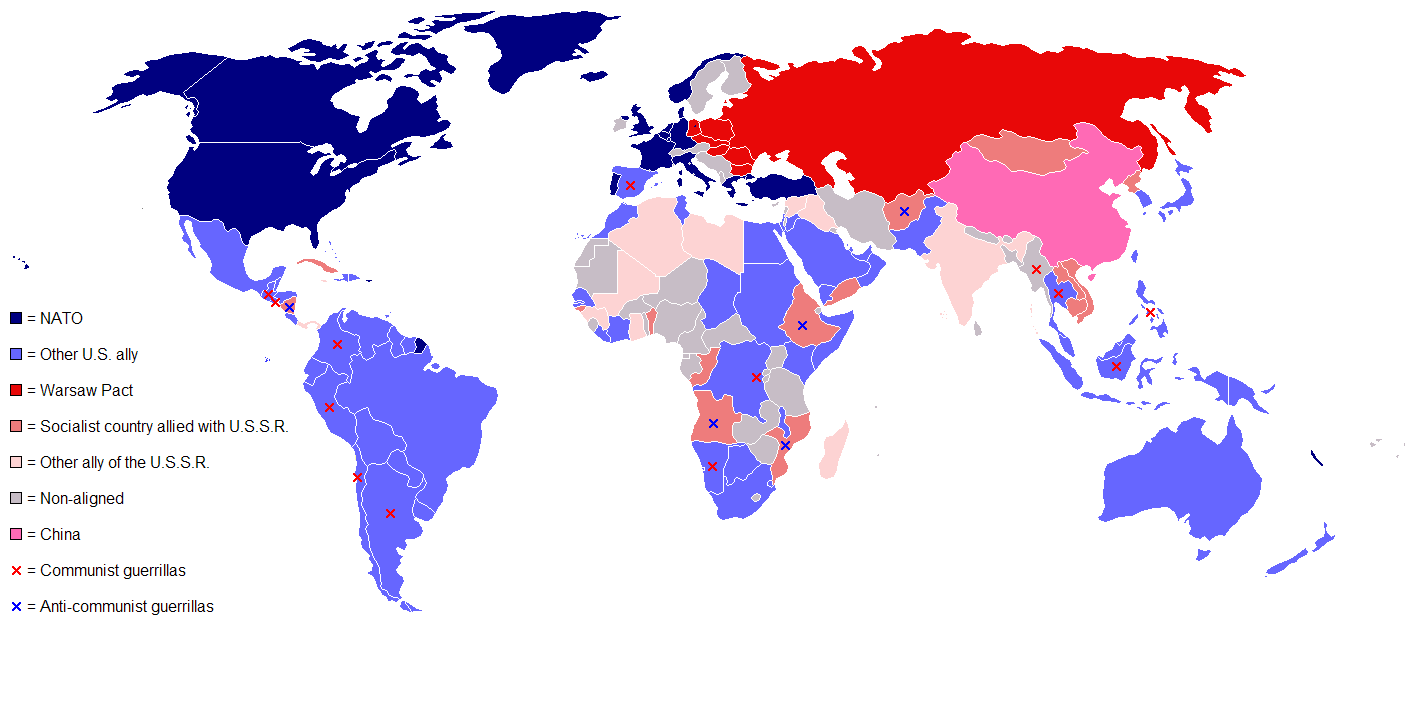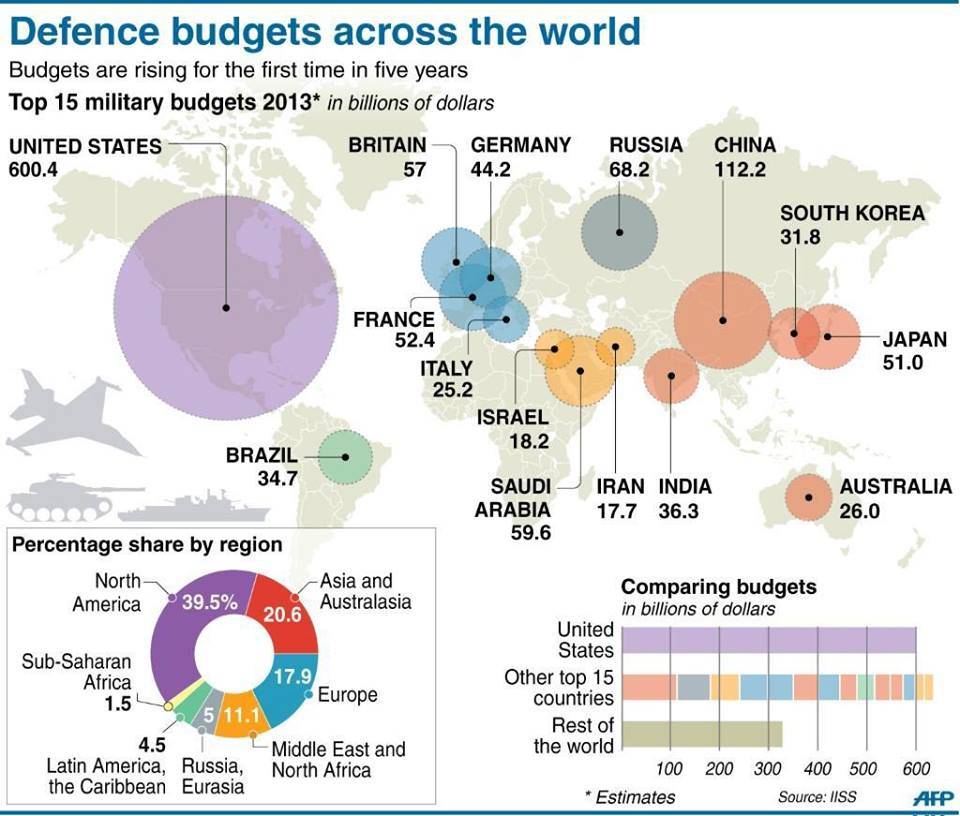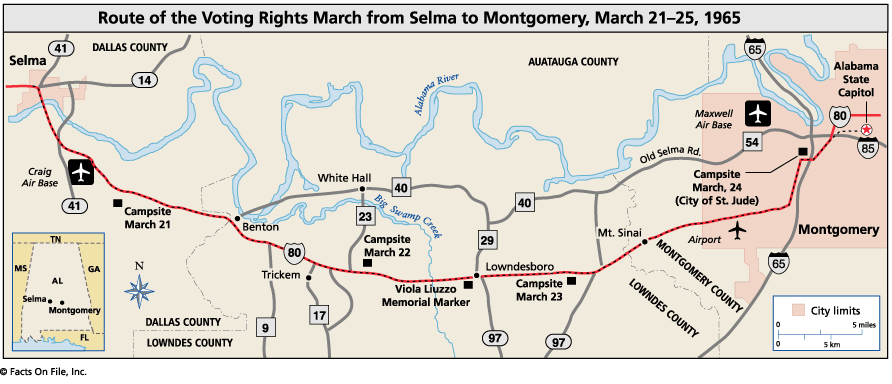The Olympic Games, a supposedly apolitical celebration of nations coming together in friendly competition, have often provided an ideological playing field upon which much more than athletic prowess is contested. Since 1936, when the Olympics were held in Hitler's Nazi Germany, the Games have been inextricably linked to politics.
Countries have boycotted the games on several occasions. Middle Eastern states boycotted the 1956 Melbourne Games to show their disapproval of Britain's and France's invasion of the Suez Canal. In 1960, South Africa was excluded from the Games because of its racist apartheid system. And in USHAP, we learned about President Carter's boycott of the 1980 Moscow Games in response to the Soviet Union's occupation of Afghanistan. Carter's boycott was the most successful in Olympic history (despite its ineffectiveness in actually changing Soviet foreign policy) with 62 countries refusing to attend.
But there have been demonstrations from individual athletes as well. One such instance was seen in Mexico in the summer of 1968. African American athletes Tommie Smith and John Carlos stood shoeless on the medal podium, their gloved fists raised in a silent salute of black power and unity.
The "Black Power Salute" was not only a display of racial pride, but a protest against civil rights violations and black poverty that still plagued the United States. "Black America will understand what we did tonight," Smith said.
But the International Olympic Committee did not understand. Smith and Carlos were suspended from the national team and sent home, condemned for their "deliberate and violent breach of the fundamental principles of the Olympic spirit." However, more than thirty years later, many regard Smith and Carlos as heroes for their role in the civil rights movement.
I think it's interesting that the Olympics are still considered to be apolitical when they are so clearly tied to politics. We saw it at the Sochi games, we saw it in Beijing, and we will likely see it at future Games—it's impossible for politics not to work its way onto the Olympic scene. Even the newly elected IOC president announced that "the IOC cannot be apolitical."
So what do you all think? Can the Games be neutral and completely free of politics? Should political demonstrations be allowed, or are the Games a time to put aside differences between nations? I'd love to hear your thoughts!
http://mic.com/articles/59431/olympic-boycotts-have-a-long-history-and-they-almost-never-work
http://www.theguardian.com/politics/politicspast/page/0,9067,892902,00.html
http://news.bbc.co.uk/onthisday/hi/dates/stories/october/17/newsid_3535000/3535348.stm
http://espn.go.com/olympics/story/_/id/9658153/germany-thomas-bach-elected-international-olympic-committee-president




.png)



